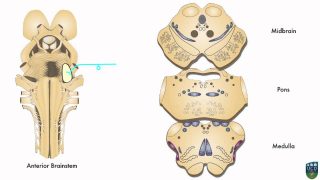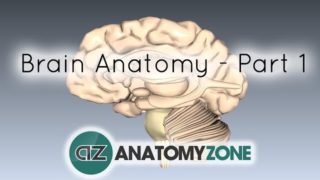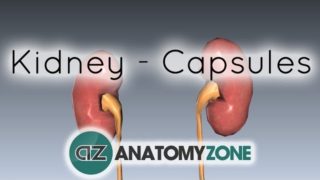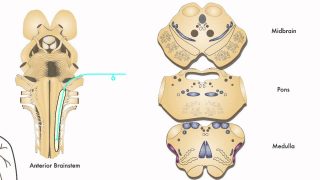Cavernous Sinus Anatomy
Find more videos at: https://www.kenhub.com
Subscribe to our YouTube channel: http://bit.ly/VOEG2I
On this tutorial, we will talk about the anatomy, location and functions of the cavernous sinus, one of the dural venous sinuses.
For more Human Anatomy video tutorials, interactive quizzes, articles and an atlas of Human Anatomy, go to https://www.kenhub.com !
Or subscribe to our Youtube channel: http://bit.ly/VOEG2I
Like us on facebook: https://www.facebook.com/kenhubcom
Follow us on twitter: https://twitter.com/kenHub_com
Articles related to this video
=============================
Dural venous sinuses
https://www.kenhub.com/en/library/anatomy/dural-sinuses
Atlas related to this video
=============================
Dural venous sinuses
https://www.kenhub.com/en/atlas/the-dural-venous-sinuses
Cavernous Sinus Anatomy
Other Videos You Might Like:
Subscribe
Login
0 Comments
Newest




